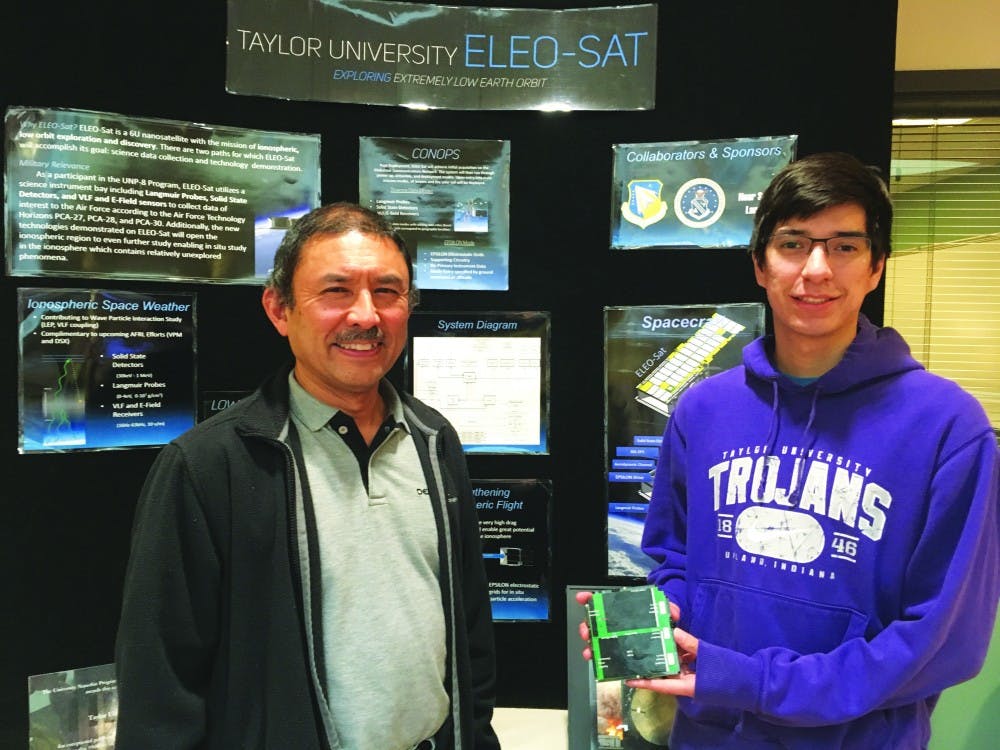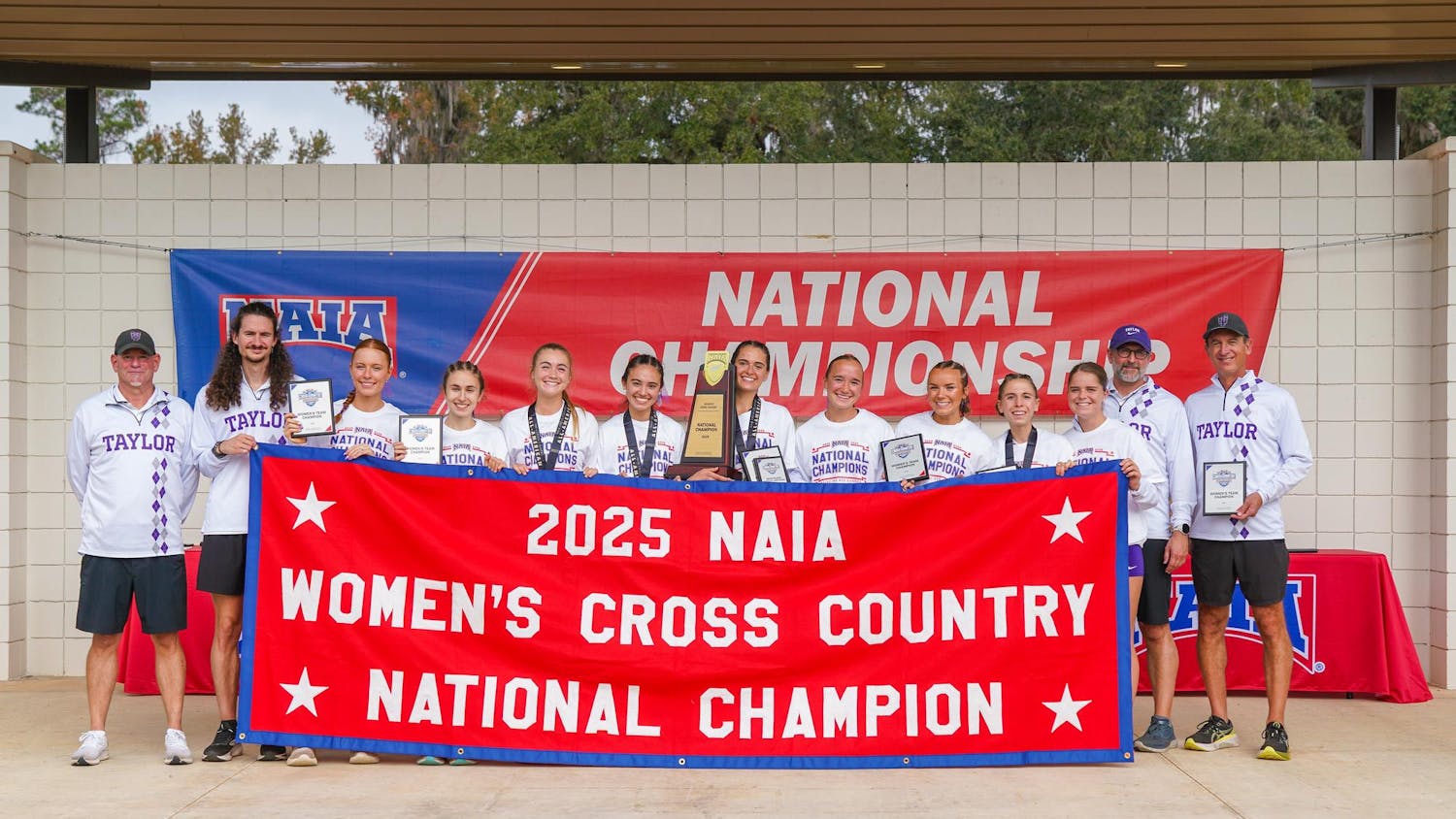By Hannah Stumpf | Echo
Taylor University students hope to launch a new ThinSat satellite in October 2018.
The group was first brought together by former Professor Emeritus of Engineering and Physics Hank Voss. Voss was involved in space science at a previous job, and it was there that he encountered a whole field of study called nanosatellites. Nanosatellites are typically cubes that are four by four by four inches. These cubes are then launched into space on rockets. Voss got involved an Air Force program called The University Nanosatellite program, which shaped the satellite club here at Taylor.
The nanosatellite from Taylor University was launched in April 2014. It went into orbit for several months until it burnt up in earth's atmosphere. Several classes worth of students contributed to that project as early as 2011.
The current project, MagnITOsat, has Taylor University students collaborating with organizations such as Virginia Space and NASA. MagnITOsat does not follow the old cube model; it is the size of a slice of bread. Such organizations have come up with the concept of these ThinSats to make satellite building easily accessible, even to elementary school students. According to Director of Systems Program and Assistant Professor of Computer Science & Engineering Bill Bauson, about 53 schools are working on ThinSat satellites and they will all be sent into space on the same rocket.
"Nobody's flown a satellite this size before," Bauson said. "Another thing is, typically, when you launch a big communications satellite, it has three stages . . . (T)he satellite is in the third stage, but ours is in the second stage. So we're going to launch it at 120 kilometers, and we're going to push those things into low earth orbit . . . and the main satellite payload will go on. With this satellite, it will travel at 17 thousand miles an hour . . . and in two or three weeks they will burn up."
The delivery system is not the only thing that makes MagnITOsat unique. It will be a tethered satellite: a method NASA experimented with in the 1990s. MagnITOsat will be connected to another thinsat with a thirty foot cable which Muncie Delaware Robotics club (PhyXTGears) is developing - a high school and under group. The two satellites will communicate with light, similarly to how a remote control interacts with a television. Such an experiment has not been done before.
"Satellite communications are very tenuous," said Professor of Computer Science and Engineering Stefan Brandle. "A lot of things can go wrong, and it would be really terrible if you couldn't talk to the satellite because you had made one dumb mistake that was an easily avoidable mistake. These things are always high risk . . . (Y)ou want to minimize that risk."
The hope is that the cable will create power by flying through the earth's magnetic field. If a current is run through the wire, it will create a magnetic field which in turn repels the earth's magnetic field.
"So we're doing two things here," said Bauson. "If we fly it through earth's magnetic field, it could possible generate some power used to charge our batteries. Another is if we run a current through the wire and the two magnetic fields repel each other, it will create thrust, kind of like an engine. Satellites only last a couple of weeks, if we can produce enough thrust, we can keep it going longer."
In order for students to work on the project efficiently as a team, it is divided into different subsystems with professors acting as advisors. The main systems are overseen by Program Manager Jason Arlo.
For chief engineer senior Justin Theien, the project is about gaining real-life experience.
"I have learned different communication protocols, power optimization techniques, and data management algorithms; all of which are helping me become a better embedded programmer," Theien said.





